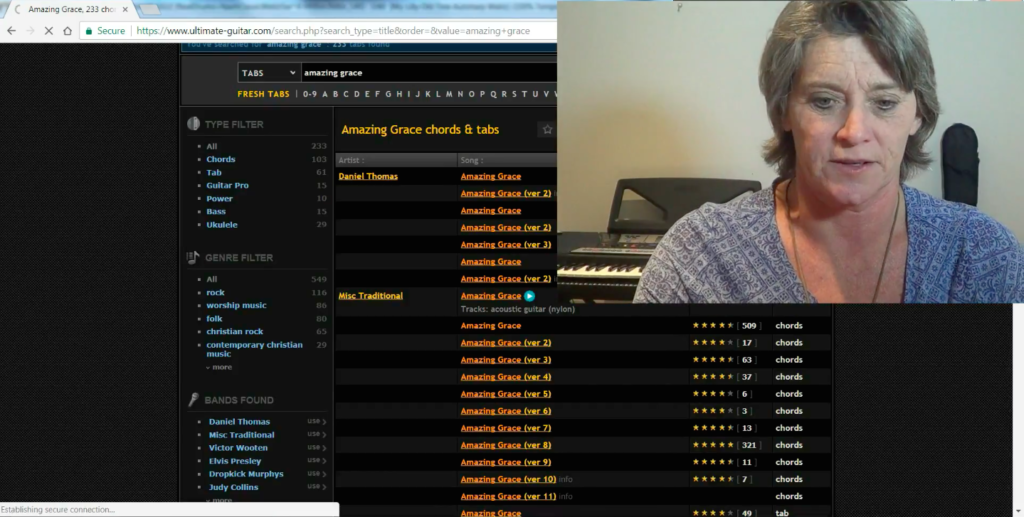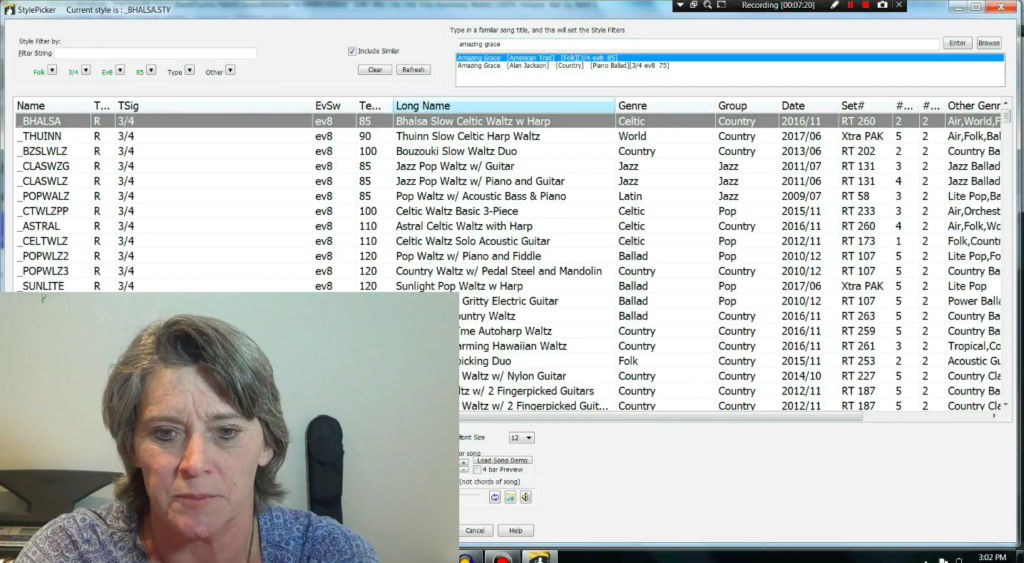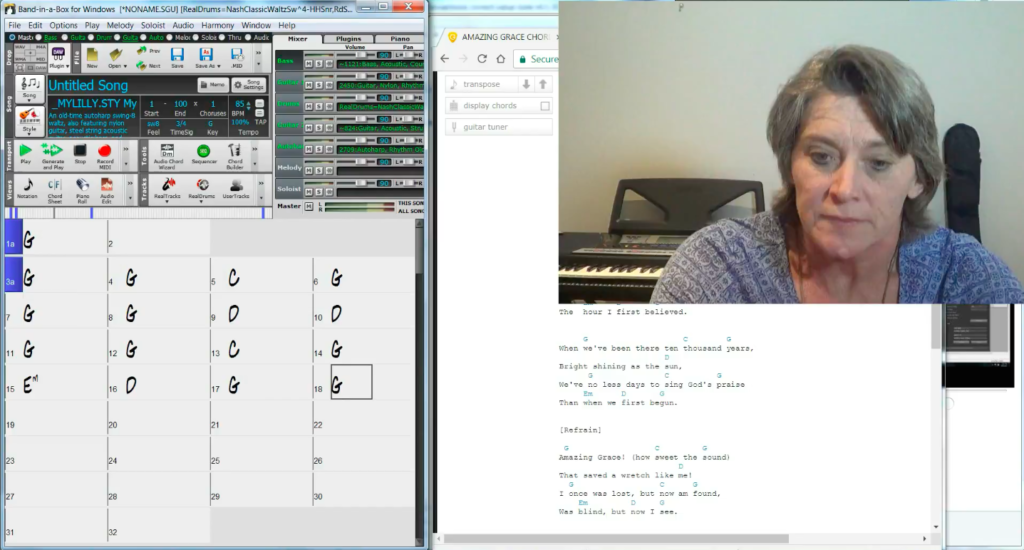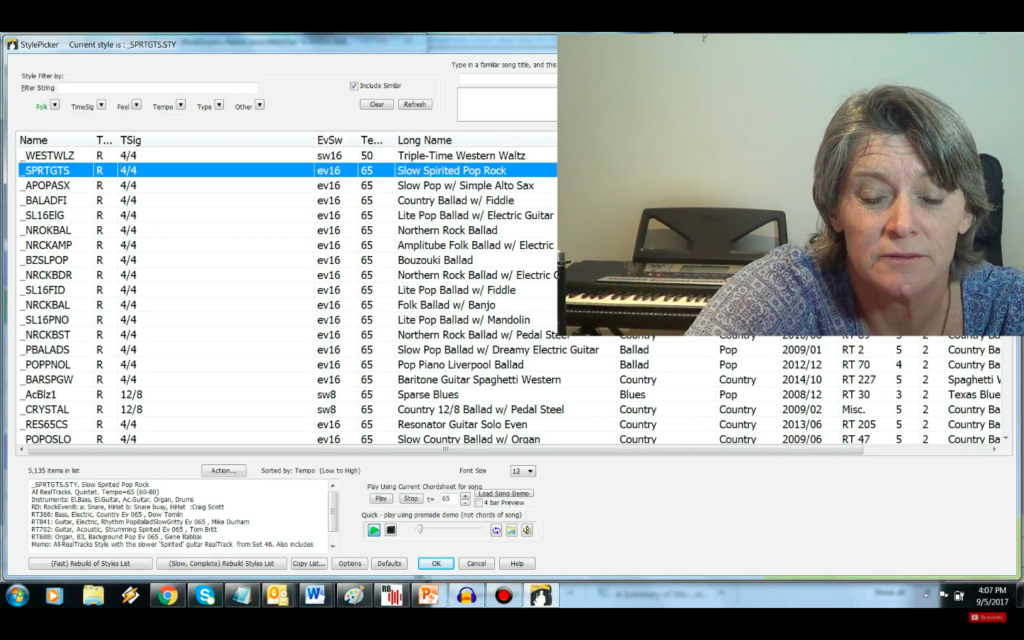The holiday season is upon us, and it’s impossible to ignore!
This week, we’re looking at some merry tunes that snuck their way onto Christmas albums without being Christmas songs themselves, celebrating one Musical U member’s journey, and looking at some non-Christmas music that will lift your spirits this holiday season. It doesn’t stop there: for those looking to practice their covers of “White Christmas”, we’re including a great tutorial for creating backing tracks to play along and practice with.
Last but not least, this week, Musical U guest-starred on the world’s largest trumpet community: Trumpetland! Our own Adam Liette gives players advice on incorporating ear training into their daily practice routine on their website.
Christmas Misfits
“Deck the Halls”? Check. “Have Yourself A Merry Little Christmas”? Check. “White Christmas”? Check. Wait. What’s that track on your favourite Christmas album that… doesn’t sound like a Christmas carol you’ve ever heard before?
 To spice up their Christmas releases, many artists cleverly incorporate some festive tunes into their albums that have nothing to do with Christmas. Sure, some may sing of snow, but many of these tunes are just so jubilant and homely that they need not mention anything related to the holiday season at all.
To spice up their Christmas releases, many artists cleverly incorporate some festive tunes into their albums that have nothing to do with Christmas. Sure, some may sing of snow, but many of these tunes are just so jubilant and homely that they need not mention anything related to the holiday season at all.
The 15 Best Non-Christmas Songs That Appear On Christmas Albums showcases these merry misfits, with everything from blues to Bob Dylan covers to numbers from musicals!
This was a fun exploration into songs that sound like Christmas songs, but have nothing to do with the holidays. Why do we confuse this in our ears? Are there certain elements to music that make them sound… Christmassy? ClassicFM has the answers.
We all know and love many of these classic Christmas (and non-Christmas) songs of the holiday season. But what if you want to mix it up a little bit? The Nerdist has compiled this wonderfully entertaining list of contemporary pop holiday songs certain to spice up your playlist.
Music, CarlyA2Z’s Way
The conservatory is a place whose hallowed halls will give you an excellent, structured music education.
However, it’s certainly not for everyone, and sometimes, achieving your goals means taking your musical journey into your own hands.
 For CarlyA2Z, the mindset of conservatory teaching wasn’t meshing with her musical sensibilites. After almost giving up music for good, she stumbled across Musical U on a Google search.
For CarlyA2Z, the mindset of conservatory teaching wasn’t meshing with her musical sensibilites. After almost giving up music for good, she stumbled across Musical U on a Google search.
For Carly, it turned out to be the perfect tool for working towards her specific goals while ensuring that her musical practice was a positive emotional experience. To learn how she keeps track of her accomplishments while keeping self-doubt away, and how she personally uses the tools of Musical U to meet her musical goals, head over to Musical U Member Spotlight: CarlyA2Z.
Like many musicians, CarlyA2Z struggled with thoughts of quitting music. This can be difficult to deal with for both musicians and music educators alike. In an insightful podcast episode, James Divine details how to change the mind of the student that wants to quit.
Musicians can often doubt their own abilities, and feel like they don’t belong. This is true no matter how successful you are. Remember that this is completely normal and there are ways that you can figure out how to get these thoughts out of your head. For some practical advice, Nick Ruffini at Drummers Resource has recorded this outstanding podcast episode on how to overcome imposter syndrome.
We talk a lot about the importance of having a mentor here at Musical U. Having someone to guide you through the difficult times can be extremely beneficial to your overall musical growth. Adam Ivy has some great advice for those that want to pursue personal mentorship.
Finally, having a practice journal has proven to be a great resource that has improved CarlyA2Z’s musical progress. You can download a practice journal from our friends at the Musician’s Way. Once you have this powerful resource, learn how to best manage your practice journal system with renowned bassist Jason Heath.
Merry Non-Christmas Music
Singing about the usual suspects such as Santa Claus, Jack Frost, and the black sheep of the reindeer family is all fine and well, but who said songs have to even mention Christmas to get you into the holiday spirit?
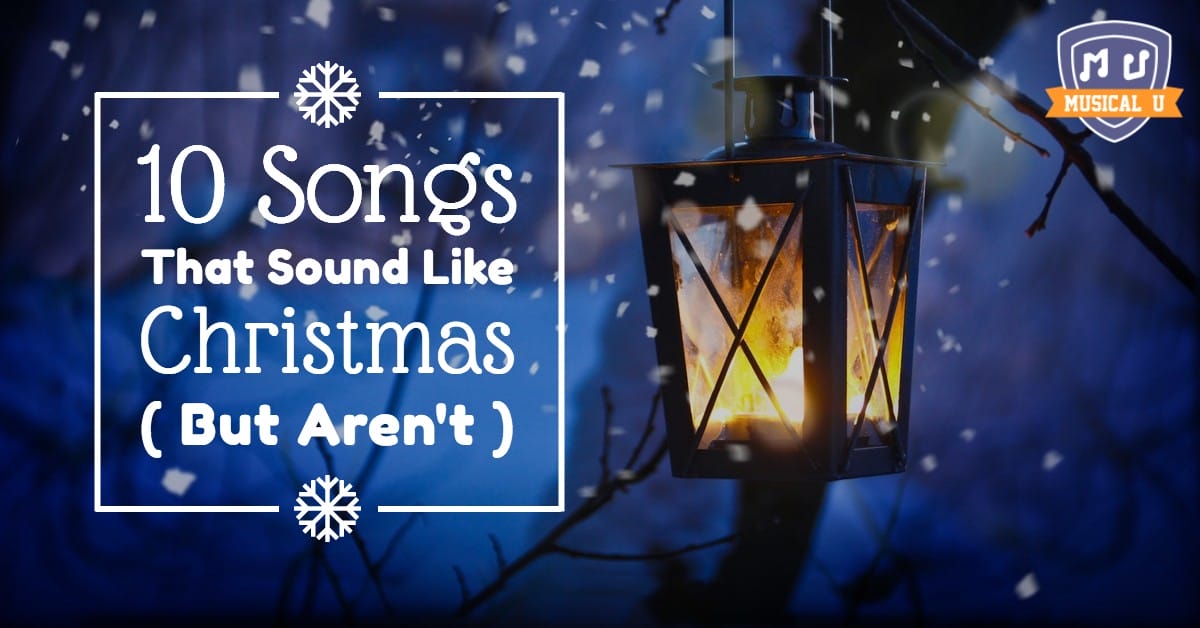 Charlotte Farley has compiled 10 Songs That Sound Like Christmas (But Aren’t) for your listening pleasure. It turns out that merry string arrangements, feel-good riffs, and uplifting lyrics evoke the spirit of Christmas just as well as, say, a reverie about walking down Santa Claus Lane.
Charlotte Farley has compiled 10 Songs That Sound Like Christmas (But Aren’t) for your listening pleasure. It turns out that merry string arrangements, feel-good riffs, and uplifting lyrics evoke the spirit of Christmas just as well as, say, a reverie about walking down Santa Claus Lane.
With so many existing Christmas songs, certainly the world doesn’t need another one. Or does it?! Nashville Christian Songwriters explore the current repertoire of Christmas songs and challenge songwriters to explore this genre through storytelling. If you want to get inspired to write your own Christmas masterpiece, look no further.
What are some of keys that you need to consider when writing a great holiday tune? We turned to one of the most successful holiday performers in the United States, Jim Brickman, for his advice. Every year, Jim wows audiences throughout the midwest with his fantastic holiday renditions – let him teach you the tricks of mastering this genre!
The Beauty of Backing Tracks
Backing tracks are an incredible accompanist: they’re always right on rhythm, never miss a note, and encourage you to keep going even if you slip up.
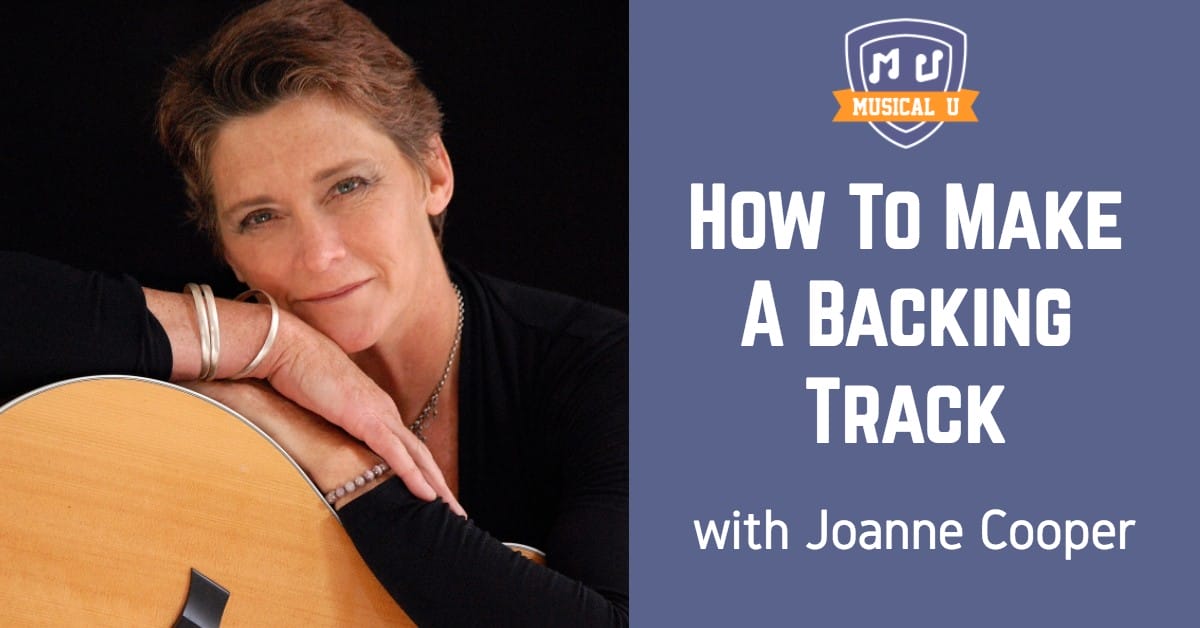 Joanne Cooper has put together an incredible tutorial on using the program Band-in-a-Box to create customized backing tracks for improvisation, playalong, and more. In How To Make A Backing Track, with Joanne Cooper, she takes you step-by-step through the process, from finding the chords of your favourite song to inputting them into the software to tweaking the song to your liking.
Joanne Cooper has put together an incredible tutorial on using the program Band-in-a-Box to create customized backing tracks for improvisation, playalong, and more. In How To Make A Backing Track, with Joanne Cooper, she takes you step-by-step through the process, from finding the chords of your favourite song to inputting them into the software to tweaking the song to your liking.
Whoever thought that we would be able to create such wonderful background music using a regular computer? Technology continues to refine the way that we make, consume, and talk about music. To learn more about the various tools that you can begin using today, take a listen the Music Education and Technology Podcast.
Joanne talked about how a backing track can be a great tool for you to better practice your instrument. One way that backing tracks are used is for improvisation. But, there are some great exercises that will spice up your scale study by using this method as well. Gary Potter teaches how to use backing tracks for scale practice.
If you are already using backing tracks, or have an interest in doing so, remember that you don’t need to limit this technology to the practice room. Having a computer on stage is easier, and more accepted, than ever before. Soundfly has compiled 8 ways to perform with a backing track that inspired us to think more about incorporating this tool into our musical endeavors.
Regardless of your knowledge of music theory, making your own backing track can be a fun exercise. After listening to Joanne’s tutorial, delve deeper into making backing tracks with Better Practice App!
Musical U Around the Web
This week, Trumpetland borrows our very own Musical U Communications Manager and classically-trained trumpet player Adam Liette for a guest article on adding a new dimension to your daily practice by incorporating ear training!
 Adam gives invaluable advice for trumpet players seeking to improve their ear in their everyday practice, touching on everything from what scales to focus on to learning to recognize intervals on the instrument.
Adam gives invaluable advice for trumpet players seeking to improve their ear in their everyday practice, touching on everything from what scales to focus on to learning to recognize intervals on the instrument.
Head over to Trumpetland to learn 6 Ways To Practice Ear Training In Your Daily Routine, and get on track to playing your trumpet freely and expressively!
Getting Into the Spirit
How will you celebrate music this holiday season?
Will it be by throwing on some festive music, looking back on your own musical journey and feeling pride for all your incredible accomplishments, or making a nice backing track for a holiday song that you’ll serenade your loved ones with?
If you really want to get into the spirit, try writing your own festive song! As you saw with our non-Christmas Christmas songs, it doesn’t even necessary have to explicitly mention the holiday season to lift the spirits of those around you.
The post Christmas Misfits, Music, CarlyA2Z’s Way, Merry Non-Christmas Music, The Beauty of Backing Tracks, and Musical U Around the Web appeared first on Musical U.
